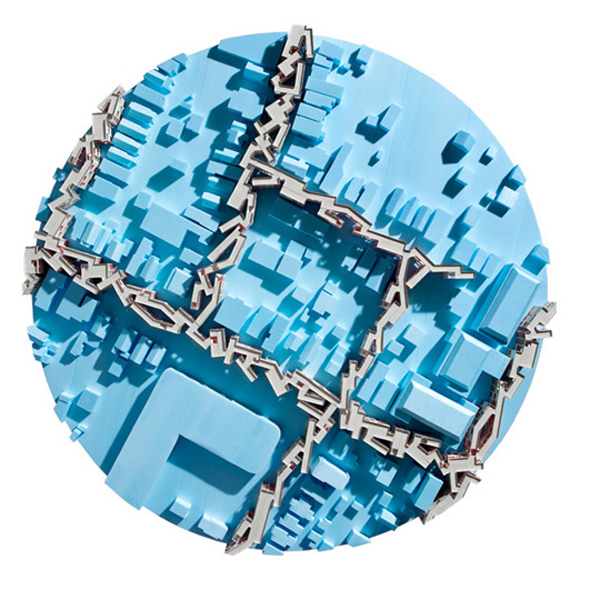-
Membership
Membership
Anyone with an interest in the history of the built environment is welcome to join the Society of Architectural Historians -
Conferences
Conferences
SAH Annual International Conferences bring members together for scholarly exchange and networking -
Publications
Publications
Through print and digital publications, SAH documents the history of the built environment and disseminates scholarship -
Programs
Programs
SAH promotes meaningful engagement with the history of the built environment through its programsMember Programs
-
Jobs & Opportunities
Jobs & Opportunities
SAH provides resources, fellowships, and grants to help further your career and professional life -
Support
Support
We invite you to support the educational mission of SAH by making a gift, becoming a member, or volunteering -
About
About
SAH promotes the study, interpretation, and conservation of the built environment worldwide for the benefit of all
Housing Questions
 Fill the streets of New Jersey with a logjam of four-story bar buildings owned via portable mortgages. Suspend apartments and municipal offices within a shared tensegrity framework financed by a Florida real estate investment trust. Stack a former Illinois factory with modular bungalows to form a limited equity cooperative of multigenerational immigrant families. In Oregon, populate every other square in a superblock grid with a bestiary of idiosyncratic housing types. Overwrite the boundary between private and public in a California subdivision by misregistering the lines that separate inside from out, yard from street, yours from mine.
Fill the streets of New Jersey with a logjam of four-story bar buildings owned via portable mortgages. Suspend apartments and municipal offices within a shared tensegrity framework financed by a Florida real estate investment trust. Stack a former Illinois factory with modular bungalows to form a limited equity cooperative of multigenerational immigrant families. In Oregon, populate every other square in a superblock grid with a bestiary of idiosyncratic housing types. Overwrite the boundary between private and public in a California subdivision by misregistering the lines that separate inside from out, yard from street, yours from mine.
These are the strategies through which five multidisciplinary teams reimagine United States suburbs in projects featured at the Museum of Modern Art exhibition “Foreclosed: Rehousing the American Dream.” Addressing the foreclosure crisis along with some of the other challenges facing suburbs and their residents, the proposals combine ideas from architecture, urbanism, ownership, and financing to model new scenarios for living, working, and investment.
This investigation treats housing not only as a design problem but also as a medium of sociability, consumption, and governance—a biopolitical infrastructure. And just as they eschew modernist housing typologies, the teams avoid the model of direct public ownership and financing used for many of the housing projects constructed from the 1930s to the 1970s.
One prompt for the work was a counterfactual scenario in which, after decades of subsidizing homeownership and affordable housing through market mechanisms and tax incentives, the federal government directed American Recovery and Reinvestment Act funds toward the construction of public housing. But none of the participating teams took up this invitation to imagine a reinvigorated welfare state. Instead, they crafted public-private development and financing strategies allowing residents to build equity through ownership of one kind or another.
“Foreclosed” addresses some of the questions preoccupying policymakers and critics today. How to make housing more affordable? More sustainable? More broadly accessible? Can we still count on the thirty-year self-amortizing mortage to expand the middle class? Are there other ways that our structures of housing and finance can mitigate income inequality? Should we count on housing equity to provide social security? Or, following Friedrich Engels, should we reject public housing as a palliative that blocks more fundamental transformation?
This conversation coincides with a new cycle of scholarship on housing and its history, evident in urban renewal sessions at the 2007 SAH annual meeting and recent JSAH articles on public housing, Jane Jacobs, Robert Moses, and other topics. What are some of the insights from this work? What models could we use to imagine new ways of housing ourselves and one another? What models from other times and places, or overlooked in U.S. history, suggest strategies that move beyond both LBJ liberalism and contemporary neoliberalism?



Leave a commentOrder by
Newest on top Oldest on top